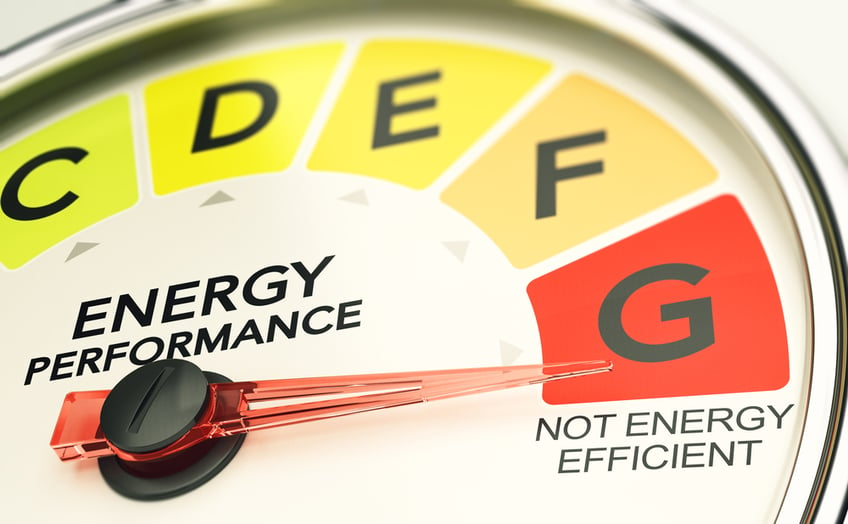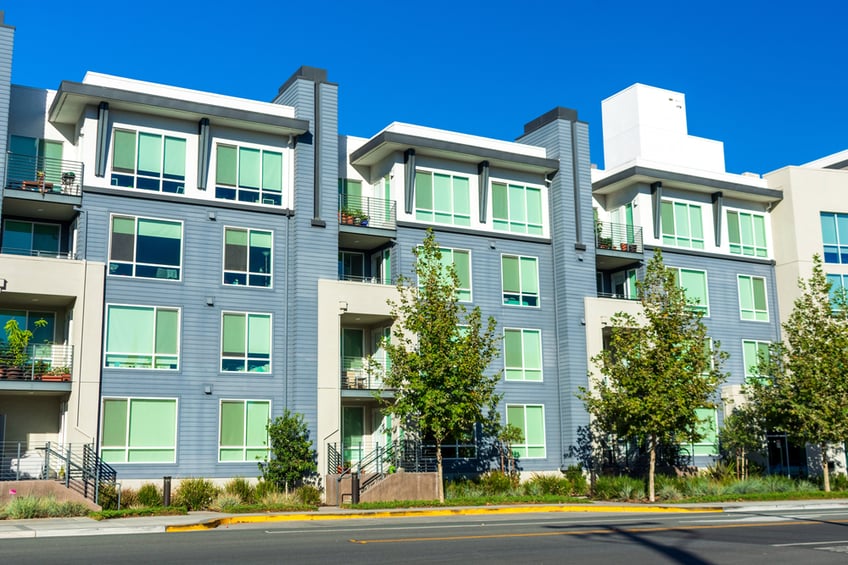Intro 237: Expanding the NYC Benchmarking Law to Smaller Buildings

New York City currently requires energy benchmarking in properties with at least 25,000 square feet of floor space. The original Benchmarking Law (Local Law 84 of 2009) covered buildings starting from 50,000 sq.ft., and Local Law 133 of 2016 then reduced the minimum area to 25,000 sq.ft. The proposed Intro 237 could extend the coverage of LL84/2009 once again in 2023, reducing the minimum building size to 10,000 sq.ft.
Intro 237 also changes the benchmarking requirement for groups of buildings that are part of the same tax lot or condominium projects. Groups of buildings are currently subject to benchmarking if their combined area is at least 100,000 sq.ft., but Intro 237 reduces the minimum combined area to 50,000 sq.ft.
Get a Local Law 84 benchmarking report for your building.
The following table summarizes how the requirements of the NYC benchmarking law have changed over time:
|
Type of Property |
LL84/2009 Covered Buildings |
LL133/2016 Covered Buildings |
Intro 237 (2023) Covered Buildings |
|
Single Building |
50,000+ sq.ft. |
25,000+ sq.ft. |
10,000+ sq.ft. |
|
Group of Buildings |
100,000+ sq.ft. |
100,000+ sq.ft. |
50,000+ sq.ft. |
The Benchmarking Law covers around 50,000 buildings located in 27,000 properties as of January 2023, according to the NYC Urban Green Council. With Intro 237, the coverage would expand to around 80,000 buildings in 49,000 properties.
What is the Purpose of Intro 237?

Based on data analysis, the Urban Green Council determined that NYC buildings subject to benchmarking reduced their carbon emissions by 23% since the law took effect. However, the city has around one million buildings smaller than 25,000 sq.ft., and they account for around 33% of emissions.
- The NYC Department of Buildings currently has no information about energy consumption and emissions in properties below 25,000 sq.ft.
- Based on this data, the NYC DOB could develop more effective strategies to improve energy efficiency and cut emissions.
Benchmarking data is also useful for building owners, since it provides a clear picture of how they are consuming energy. This information can be used to identify energy-saving opportunities, and design building upgrades that will reduce utility bills.
NYC building owners who are subject to the Benchmarking Law currently use the EPA Portfolio Manager to report their energy usage. To make compliance simpler, you can delegate the annual benchmarking report to the experts at NY Engineers.
NYC Properties Covered by the Benchmarking Law: Before and After Intro 237

The Urban Green Council has analyzed the potential impact of Intro 237. They have calculated the total number of properties and floor area subject to benchmarking before and after the bill. Covered properties are also broken down into three categories:
- Multifamily buildings
- Office buildings
- Other property types
The following table summarizes the number of covered properties under each category, before and after Intro 237:
|
Type of Property |
Covered Properties Before Intro 237 |
New Properties Covered by Intro 237 |
Total Properties Covered After Intro 237 |
|
Multifamily |
18,300 |
15,100 |
33,400 |
|
Office |
3,650 |
3,000 |
6,650 |
|
Others |
5,190 |
4,150 |
9,340 |
|
Total |
27,140 |
22,250 |
49,390 |
Intro 237 increases the number of covered properties by over 80%, and most of them are multifamily buildings. The Urban Green Council also estimated the impact of Intro 237 in terms of covered floor area, and their findings are summarized below:
|
Type of Property |
Covered Floor Area Before Intro 237 |
New Floor Area Covered by Intro 237 |
Total Floor Area Covered After Intro 237 |
|
Multifamily |
1,894.8 M sq.ft. |
237.1 M sq.ft. |
2,131.9 M sq.ft. |
|
Office |
689.8 M sq.ft. |
46.6 M sq.ft. |
736.4 M sq.ft. |
|
Others |
748.2 M sq.ft. |
65.7 M sq.ft. |
813.9 M sq.ft. |
|
Total |
3,332.8 M sq.ft. |
349.4 M sq.ft. |
3,682.2 M sq.ft. |
In terms of floor space, Intro 237 increases the coverage of the Benchmarking Law by slightly over 10%. The percentage increase in floor area seems small compared with the increase in the number of covered buildings, but this has a simple explanation: the new covered properties range from 10,000 to 25,000 sq.ft., while those currently covered exceed 25,000 sq.ft.

Michael Tobias
Michael Tobias, the Founding Principal of NY Engineers, currently leads a team of 150+ MEP/FP engineers and has led over 4,000 projects in the US
Join 15,000+ Fellow Architects and Contractors
Get expert engineering tips straight to your inbox. Subscribe to the NY Engineers Blog below.

